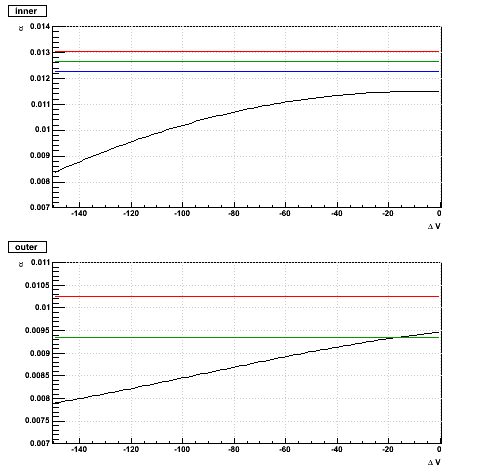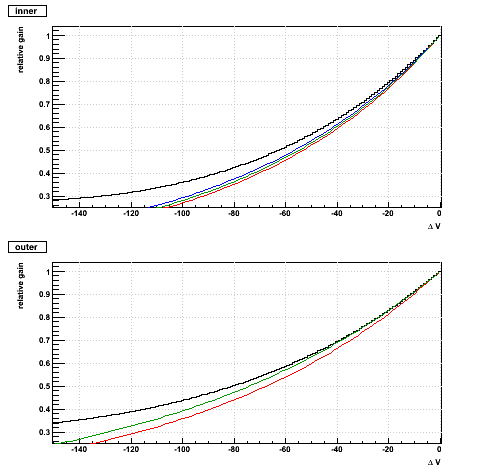- genevb's home page
- Posts
- 2024
- 2023
- 2022
- September (1)
- 2021
- 2020
- 2019
- December (1)
- October (4)
- September (2)
- August (6)
- July (1)
- June (2)
- May (4)
- April (2)
- March (3)
- February (3)
- 2018
- 2017
- December (1)
- October (3)
- September (1)
- August (1)
- July (2)
- June (2)
- April (2)
- March (2)
- February (1)
- 2016
- November (2)
- September (1)
- August (2)
- July (1)
- June (2)
- May (2)
- April (1)
- March (5)
- February (2)
- January (1)
- 2015
- December (1)
- October (1)
- September (2)
- June (1)
- May (2)
- April (2)
- March (3)
- February (1)
- January (3)
- 2014
- December (2)
- October (2)
- September (2)
- August (3)
- July (2)
- June (2)
- May (2)
- April (9)
- March (2)
- February (2)
- January (1)
- 2013
- December (5)
- October (3)
- September (3)
- August (1)
- July (1)
- May (4)
- April (4)
- March (7)
- February (1)
- January (2)
- 2012
- December (2)
- November (6)
- October (2)
- September (3)
- August (7)
- July (2)
- June (1)
- May (3)
- April (1)
- March (2)
- February (1)
- 2011
- November (1)
- October (1)
- September (4)
- August (2)
- July (4)
- June (3)
- May (4)
- April (9)
- March (5)
- February (6)
- January (3)
- 2010
- December (3)
- November (6)
- October (3)
- September (1)
- August (5)
- July (1)
- June (4)
- May (1)
- April (2)
- March (2)
- February (4)
- January (2)
- 2009
- November (1)
- October (2)
- September (6)
- August (4)
- July (4)
- June (3)
- May (5)
- April (5)
- March (3)
- February (1)
- 2008
- 2005
- October (1)
- My blog
- Post new blog entry
- All blogs
A glance at TPC gas gains
I had some confusion about the gas gain in the TPC, so I've decided to document what I've seen...
One can write the gas gain as an exponential:
Gain = exp(α*V + β)
The inner and outer sectors have different α, β, and overall gains. For now, I will ignore β, such that the gain is relative to the gain at nominal voltage, which is 1170 V for the inner sectors and 1390 V for the outer sectors. I will focus on α:
Relative Gain = exp(α*ΔV)
Here is what I found for versions of α, in units of [per volt]:


-Gene
One can write the gas gain as an exponential:
Gain = exp(α*V + β)
The inner and outer sectors have different α, β, and overall gains. For now, I will ignore β, such that the gain is relative to the gain at nominal voltage, which is 1170 V for the inner sectors and 1390 V for the outer sectors. I will focus on α:
Relative Gain = exp(α*ΔV)
Here is what I found for versions of α, in units of [per volt]:
- STARNote 247 (1996), p. 27 (used currently for determining effective anode voltage over padrows influenced by multiple anode channels)
αinner = 0.01305
αouter = 0.01026 - STARNote 395 (1999), p. 1:
αinner = 0.01226
αouter = 0.00934 - STARNote 263 (1996), p. 20; STARNote 412 (1999), p. 2; STAR TPC Readout NIM paper (2003), p. 680:
αinner = 0.01267
αouter = 0.00934 - StTpcdEdxCorrection, St_tss_tssparC, and St_tpcCorrectionC classes, along with the database table Calibrations_tpc / tpcGainCorrection (used currently for dE/dx):
αinner = 0.011480079 -2.88086e-06*ΔV -1.58229e-07*ΔV2
αouter = 0.0094702689 +6.30584e-06*ΔV -6.01231e-08*ΔV2 -2.15159e-10*ΔV3


-Gene
Groups:
- genevb's blog
- Login or register to post comments
